IEM Driver Technology
Read Time: Approx. 7 min.

Introduction to IEM Drivers: Dynamic Drivers, Electrostatic Drivers, Balanced Armature, and Bone Conduction Drivers
Like headphones, In-Ear Monitors (IEM) have many different driver configurations. Drivers are small devices inside your IEMs that deliver sound to your ears. Think of them as miniature speakers. Drivers transform electrical signals into audible sound waves that are pushed or "driven" to your ears. IEMs can be single driver, meaning one per earpiece, or multiple driver, with up to several of the same type or certain combinations of different types in each earpiece. With the exception of electrostatic drivers, IEM drivers function through the principle of electromagnetism, whereby an electromagnetic force occurs between electrically charged particles. The force pushes or pulls anything that has an electric change. It includes the electric force, which pushes all charged particles, and the magnetic force, which pushes particles that are moving. Drivers that function through this principle will contain a magnet(s), voice coil, and diaphragm. The diaphragm is what pushes air, which creates sound.
IEM Buyers Guide: Universal vs. Custom In-Ear Monitors
Balanced Armature Drivers
Balanced armature drivers are small, lightweight devices that were originally developed for hearing aids. They are not known for having a wide frequency response, but their tunability makes them ideal for meeting the specific needs of hearing-impaired individuals. The tiny size of these drivers -- as small as 5mm on their longest side -- makes them ideal for IEMs because several can fit inside an earpiece. In fact, many in-ear monitors utilize multiple balanced armature drivers to produce a wider frequency response. Individual drivers are tuned for treble, midrange, or bass. A crossover is then used to split sound signals into multiple frequency bands, sending different bands to the appropriate driver. Balanced armature drivers feature a coil-wound, U-shaped armature balanced between a pair of magnets. A magnetic field is created when an electrical signal passes through the coil, causing the armature to vibrate. That vibration creates movement in an aluminum diaphragm, thus creating sound. Balanced armature drivers provide a clean, crisp sound that is good for mids and highs but can feature a lack of bass response. That is because these drivers do not displace air to generate sound.
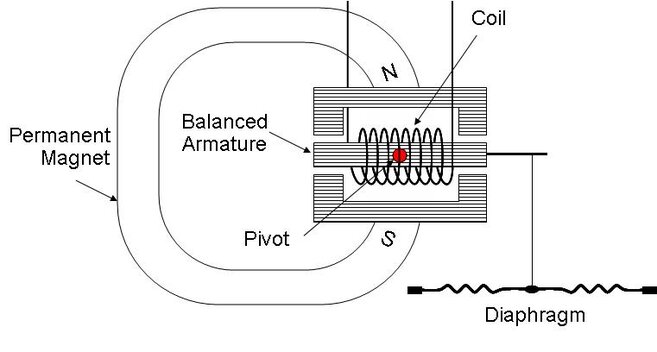
Balanced armature drivers can produce unwanted vibrations and distortion; thus, a fair amount if damping is required to level out the frequency response. This can be accomplished with a damping screen or a damping material that is applied between the armature and the magnets. This helps limit (or damp) resonant peaks by restricting armature movement. This does, however, decrease the output levels of the driver. On the plus side, because there is no need for a vent to move air, you'll get better sound isolation with BA drivers. Some IEMs use only balanced armature drivers, while others use balanced armatures in combination with other driver types.
Balanced Armature Driver Features
Pros
Clean and crisp high-frequency sound output
Best drivers for noise isolation
Small size ideal for IEMs
Cons
Less bass response
Comparatively expensive
Multiple drivers may be required for covering the entire audible frequency spectrum
Dynamic Drivers
Dynamic drivers are the most common and least expensive driver type. Able to cover the entire frequency range, they are known for great bass response in your music. You can think of dynamic drivers as similar to a tweeter, midrange or bass drivers in speakers.
Dynamic drivers include a tiny, cone-shaped diaphragm connected to a coil of wire around a magnet, which magnetizes the coil. When an electrical signal moves through it, the coil creates a magnetic field that causes it to move back and forth (this is why dynamic drivers are also called "moving coil" drivers). Because it is connected to the coil, the diaphragm also moves, displacing the air around it and producing sound. The substantial amount of air displacement is what gives dynamic drivers a good bass response. Also, dynamic drivers usually have vents, which boosts air movement, furthering the bass response.
The downside of dynamic drivers is that because not all parts of the diaphragm move at the sametime (ie, the electrical signal moves from the center outward), a series of events occurs that can cause distortion and loss of resolution, especially at high volumes.
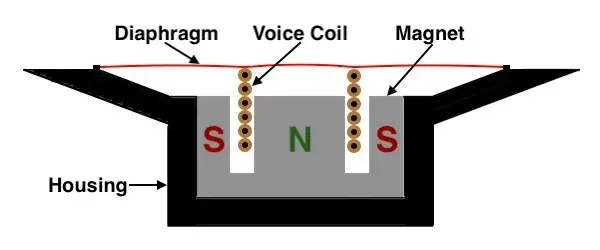
Dynamic Driver Features
Pros
Great bass response
Least expensive; easy to produce
Capable of covering a large frequency range
Cons
Can distort at high volumes
Loss of detail
Dynamic Driver IEMs
Planar Magnetic Drivers
Planar magnetic drivers combine features of other driver types. Like dynamic and balanced armature drivers, they use magnetic fields. Instead of a coil, though, planar magnetic drivers use a flat, thin diaphragm much like the one in electrostatic drivers. The difference here is that the diaphragm in a planar magnetic driver has wires embedded in it. This creates an electromagnetic field that can interact with the magnetic field, creating sound waves.
The diaphragm in a planar magnetic driver is sandwiched between two arrays of evenly spaced magnets. An electric current travels through this magnetic field and causes the diaphragm to move, thus producing sound. So it's not the coil that moves the diaphragm; it's the magnets. This is how the name planar magnetic originates -- "magnets acting on a flat plane."
Planar magnetic drivers are known for their deep bass response. This is due to a large amount of air that goes through the driver thanks to its large surface area and powerful magnetic force. Another benefit of these drivers is that sound vibrations are evenly distributed across the diaphragm, meaning distortion is minimized.
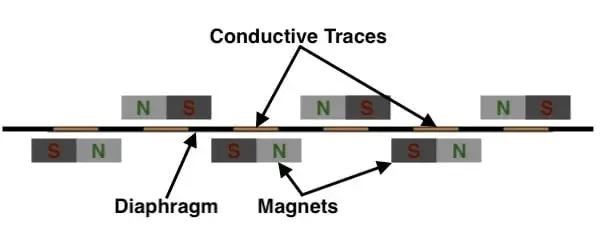
Planar Magnetic Drivers
Pros
Low distortion
Clarity
Excellent bass response
Cons
Expensive
Larger, heavier
Electrostatic Drivers
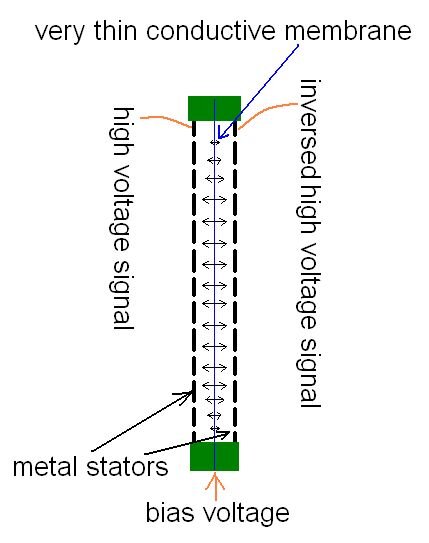
Unlike drivers that function through electromagnetic force, electrostatic drivers use the principle of static electricity (ie, no moving charges) to create an electric field.
Electrostatic drivers contain an extremely thin, nearly weightless diaphragm suspended between two metal plates called stators; these plates are perforated to allow airflow. One plate is positively charged and the other is negatively charged. An electric field is created when a sound signal is applied to the plates. The electric field draws and repels the diaphragm to and from the plates. Vibrations occur as the diaphragm pushes and pulls against the plates, and air is pushed through the perforations. This, coupled with the continuously charged electrical signal driving the diaphragm, produces sound waves.
Electrostatic drivers are known for lending excellent detail and treble extension and wide frequency response. Because the diaphragm is uniformly charged by the electrostatic field (allowing sound vibrations to be distributed uniformly across it), distortion is minimized.
Electrostatic Drivers
Pros
Clarity and detail
Treble extension
Lack of distortion
Small and lightweight
Wide frequency response
Cons
Most expensive
Tendency to drown out other drivers
Electrostatic Driver IEMs
Bone Conduction Drivers
Bone conduction headphones operate differently than other headphone types. Normally, via a process called air conduction, sound vibrations travel through the air and down the ear canal, causing your ear drum and middle ear to vibrate. From here the vibrations travel to the cochlea (inner ear), where they are converted to electrical signals and sent to the brain.
Bone conduction takes the outer and middle ear out of the equation, sending sound vibrations through the bones of the skull and directly to the inner ear. Unlike traditional headphones, bone conduction headphones sit in front of the ear or on the cheekbones. Bone conduction headphones typically are favored by people with hearing loss stemming from issues in the ear drum or middle ear, since bone conduction bypasses those parts of the ear. Additionally, because your ear canal is open, you hear ambient sounds, which is good for situational awareness. The downside of bone conduction headphones is that they don't have the same level of sound quality as other headphone types.
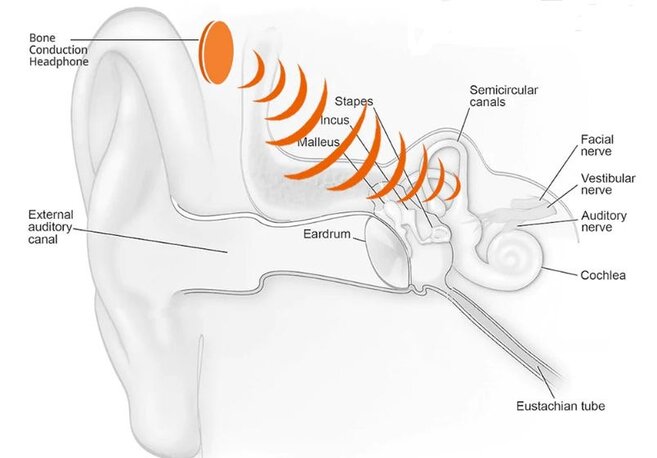
Bone Conduction Drivers
Pros
Situational awareness
Long-term comfort
Cons
Limited noise isolation
Sound leakage
Bone Conduction Driver IEMs
Related Videos
Best IEMs for Portable Gaming 2023
Dragon MMCX IEM Cables: Everything You Need to Know
Custom Dragon IEM Cables: Everything You Need to Know

"Either write something worth reading or do something worth writing" - Benjamin Franklin
For Cayla Menges, combining her passion for writing and love for music is the perfect recipe. Cayla uses her love for storytelling and experience as a former newspaper journalist to create content that informs and resonates with music lovers and audiophiles alike. When she's not at Moon Audio, Cayla enjoys bingeing reality TV, knitting, trying her hand at new recipes, traveling and spending time with family and friends.
Moon Audio strives to provide the most relevant collection of curated audiophile products for our customers. Our reviews and product guides are designed to inform our community and share our passion for audio technology. Whether you're just starting out or a seasoned professional, we're glad you joined us.
Want more? Sign up for curated content in your inbox.

BY: CAYLA MENGES |
Read Time: Approx. 11 min. The Best IEMs to Buy in 2025 (And Keep Loving in 2026) The In-Ear Monitor... Read more
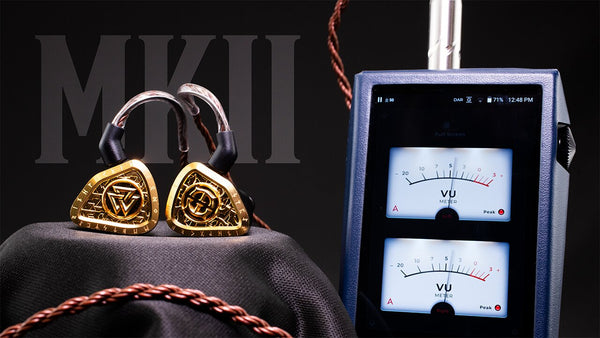
BY: CAYLA MENGES |
Read Time: Approx. 12 min. TL;DR Sound signature: Natural, articulate, and balanced with smoother highs, more dynamic midrange, and controlled... Read more
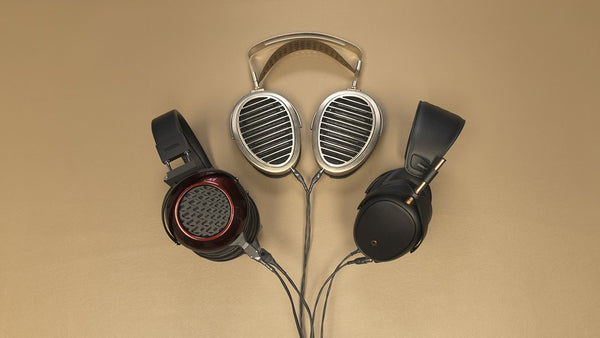
BY: CAYLA MENGES |
Moon Audio shares a list of the best audiophile headphones in the price range of $1000 to $3000 Read more

BY: CAYLA MENGES |
The Premier Audiophile Headphones of the Year From closed-backs to planar magnetic, wireless, and more, the collection of headphones we... Read more

BY: CAYLA MENGES |
The Best Audiophile-Grade Headphones for Every Budget The best-selling audiophile headphones you should consider buying in 2026 aren't always the... Read more

BY: CAYLA MENGES |
The Best Audiophile Headphones for Everyday Listening From closed-backs to planar magnetic, wireless, and more, the collection of headphones we... Read more

BY: CAYLA MENGES |
Read Time: Approx. 11 min. The Best IEMs to Buy in 2025 (And Keep Loving in 2026) The In-Ear Monitor... Read more

BY: CAYLA MENGES |
Read Time: Approx. 12 min. The Best Wireless Headphones of 2025–And Your Best Bet for 2026 Whether you're an audiophile,... Read more

BY: CAYLA MENGES |
Get Better Audio On The Go Portable hi-fi audio is in–because if we can take our excellent sound quality with... Read more

BY: CAYLA MENGES |
Read Time: Approx. 11 min. The Best IEMs to Buy in 2025 (And Keep Loving in 2026) The In-Ear Monitor... Read more

BY: CAYLA MENGES |
Read Time: Approx. 12 min. The Art of Joyful Sound In a world where most high-end audio companies prioritize function... Read more

BY: CAYLA MENGES |
Read Time: Approx. 10 min. TL;DR: Sub-$2K Flagship Performance: Both the U6t and U12t IEMs deliver exceptional value under $2,000... Read more

BY: CAYLA MENGES |
Read Time: Approx. 13 min. TL;DR: Luxury Legacy at $3,999: Created by Jack Vang in collaboration with 5-time Grammy winner... Read more

BY: CAYLA MENGES |
Read Time: Approx. 16 min. TL;DR Premium Collaboration at $3,000: A premium collaboration between Astell&Kern and 64 Audio at $3,000,... Read more

BY: CAYLA MENGES |
Read Time: Approx. 20 min. TL;DR First tubeless IEM design with proprietary TIA (Tubeless In-Ear Audio) technology for natural sound... Read more

BY: CAYLA MENGES |
TL;DR DAPs have captured the audiophile community as the ultimate portable companion for everyday listening, regardless of the scenario Astell&Kern... Read more
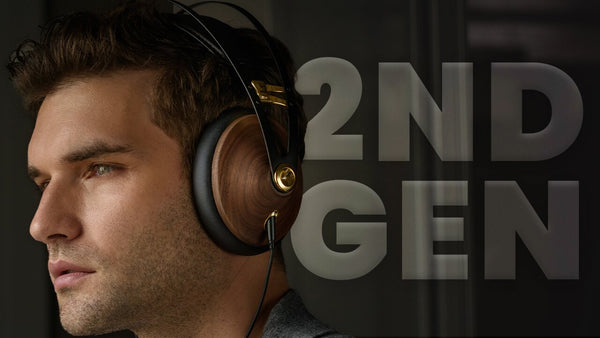
BY: CAYLA MENGES |
Read Time: Approx. 12 min. From Warm Fun to Balanced Precision Honoring Ten Years of Success Ten years is an... Read more

BY: CAYLA MENGES |
PD10 Black Brings SP4000 Features to more DAP Users Astell&Kern has added a new Black finish to its PD10 Digital... Read more
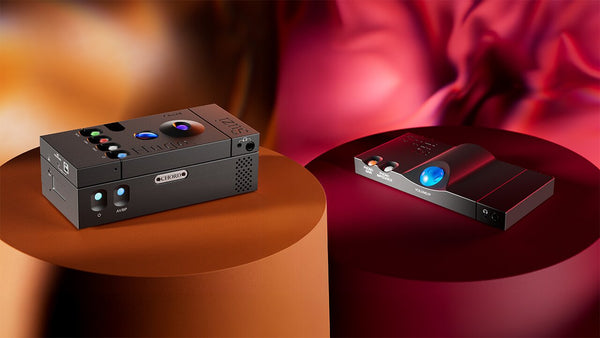
BY: CAYLA MENGES |
Read Time: Approx. 9 min. TL;DR Stackable and modular design allows components to work independently or together as an integrated... Read more
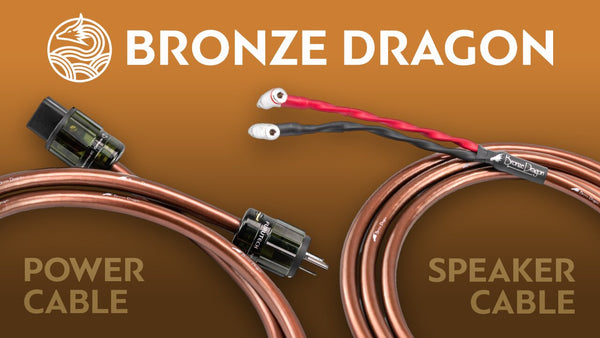
BY: CAYLA MENGES |
Unveiling Our Latest Dragon Audio Cable Innovations Discover our newest Dragon Cable innovations, the Bronze Dragon Power Cable and Bronze Dragon... Read more
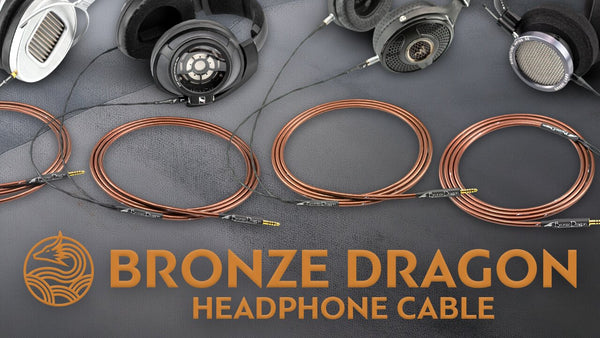
BY: CAYLA MENGES |
Unveiling Our Latest Dragon Audio Cable Innovation Discover our newest Dragon Cable innovation, the Bronze Dragon Headphone Cable. Featuring groundbreaking... Read more

BY: CAYLA MENGES |
Read Time: Approx. 11 min. The Best IEMs to Buy in 2025 (And Keep Loving in 2026) The In-Ear Monitor... Read more

BY: CAYLA MENGES |
Read Time: Approx. 11 min. The Best IEMs to Buy in 2025 (And Keep Loving in 2026) The In-Ear Monitor... Read more

BY: CAYLA MENGES |
Read Time: Approx. 11 min. The Best IEMs to Buy in 2025 (And Keep Loving in 2026) The In-Ear Monitor... Read more

BY: CAYLA MENGES |
Read Time: Approx. 17 min. TL;DR: $499.95 wireless headphone delivering audiophile-grade sound quality with neutral, reference-tuning inspired by the legendary... Read more

BY: CAYLA MENGES |
The Best Audiophile-Grade Headphones for Every Budget The best-selling audiophile headphones you should consider buying in 2026 aren't always the... Read more

BY: CAYLA MENGES |
The Best Audiophile Headphones for Everyday Listening From closed-backs to planar magnetic, wireless, and more, the collection of headphones we... Read more

BY: CAYLA MENGES |
Read Time: Approx. 11 min. The Best IEMs to Buy in 2025 (And Keep Loving in 2026) The In-Ear Monitor... Read more

BY: CAYLA MENGES |
Read Time: Approx. 12 min. The Best Wireless Headphones of 2025–And Your Best Bet for 2026 Whether you're an audiophile,... Read more

BY: CAYLA MENGES |
Read Time: Approx. 10 min. TL;DR: Apple and Bose headphones offer convenience and sleek design, but fall short on true... Read more

BY: CAYLA MENGES |
Read Time: Approx. 11 min. The Best IEMs to Buy in 2025 (And Keep Loving in 2026) The In-Ear Monitor... Read more
